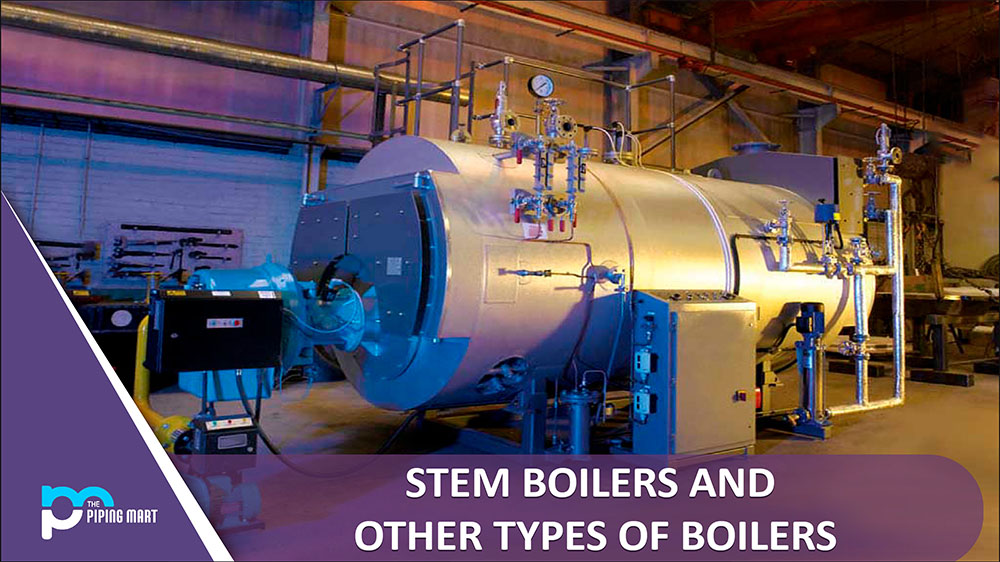Flanges are crucial in connecting pipes, valves, and other equipment in pipe fittings. They are available in different types, sizes, and materials to perform various tasks. However, two of the most popular types of flanges are RTJ (Ring Type Joint) and Tongue and Groove. Both flanges have features and advantages and make choosing them can be challenging. In this blog, we will compare RTJ flange vs Tongue and Groove flange based on several factors to help you make an informed decision.
What is RTJ Flange?
RTJ flanges, or Ring Type Joint flanges, are pipe fittings that join pipes and other connection points. These fittings form a metal ‘ring’ designed to provide an extremely tight seal when placed between two mating flanges. The ring joint face is specially machined to accommodate the required type of sealing element (such as o-rings or gaskets). This flange type provides superior strength and ensures leak-free connections for critical applications in various industries.
What is Tongue And Groove Flange?
Tongue and Groove Flange is a type of steel ring flange which consists of two interlocking grooves that form a tongue and groove connection. This design allows for secure, leak-proof sealing between the pipes or fitting assemblies connected to the flanges. It also eliminates the need for additional gaskets or sealants, making it an economical choice for many applications.
Difference Between RTJ Flange and Tongue And Groove Flange
Design and application:
RTJ flange: RTJ flanges are designed with a groove on the face of the flange, which is used to hold a metal ring gasket. It is mainly used for high-pressure and high-temperature applications in the oil, gas, and petrochemical industries. The design of the RTJ flange ensures a leak-proof seal even in extreme conditions.
Tongue and Groove flange: Tongue and Groove flanges form a tight and secure joint between two pipes or equipment. The tongue and groove design provides a positive seal that prevents slippage or movement under pressure. This flange is commonly used in low-pressure applications, such as water and sewage systems.
Installation:
RTJ flange: The installation process for RTJ flanges is complex and requires specialized tools and equipment. The groove in the flange must match the shape of the metal ring gasket and be installed at the correct compression level to ensure a leak-proof seal.
Tongue and Groove flange: The installation process for a tongue and groove flange is relatively simple and does not require specialized tools or equipment. The tongue of the flange slips into the groove of the other flange, creating a secure joint.
Maintenance:
RTJ flange: The RTJ flange requires periodic maintenance to ensure a leak-proof seal. The metal ring gasket must be replaced regularly, and the flange face must be inspected for damage or cracks. This flange is prone to damage due to improper installation or over-tightening of bolts.
Tongue and Groove flange: The tongue and groove flange require less maintenance than the RTJ flange. The flange face must be inspected for damage or corrosion, and the tongue of the flange must be kept clean and free of debris.
Cost:
RTJ flange: The RTJ flange is generally more expensive than the tongue and groove flange due to its complex design and the need for specialized tools and equipment during installation.
Tongue and Groove flange: The tongue and groove flange is generally less expensive than the RTJ flange due to its simple design and ease of installation.
Durability:
RTJ flange: The RTJ flange is highly durable, can withstand extreme pressure and temperature conditions, and can last many years with proper maintenance.
Tongue and Groove flange: The tongue and groove flange are durable but may not be suitable for high-pressure and high-temperature applications. It may wear out faster than the RTJ flange, especially if it needs to be installed correctly.
Conclusion:
Choosing between RTJ flange vs Tongue and Groove flange depends on several factors, such as the application, installation, maintenance, cost, and durability. RTJ flanges are ideal for high-pressure and high-temperature applications in the oil, gas, and petrochemical industries, where a leak-proof seal is critical. On the other hand, the tongue and groove flange is suitable for low-pressure applications, such as water and sewage systems, where cost and ease of installation are important factors. Understanding these differences can help you make a flange for your specific needs.

Pipingmart is a B2B portal that specializes in metal, industrial and piping items. Additionally, we share the latest information and information about materials, products and various types of grades to assist businesses that are involved in this business.




